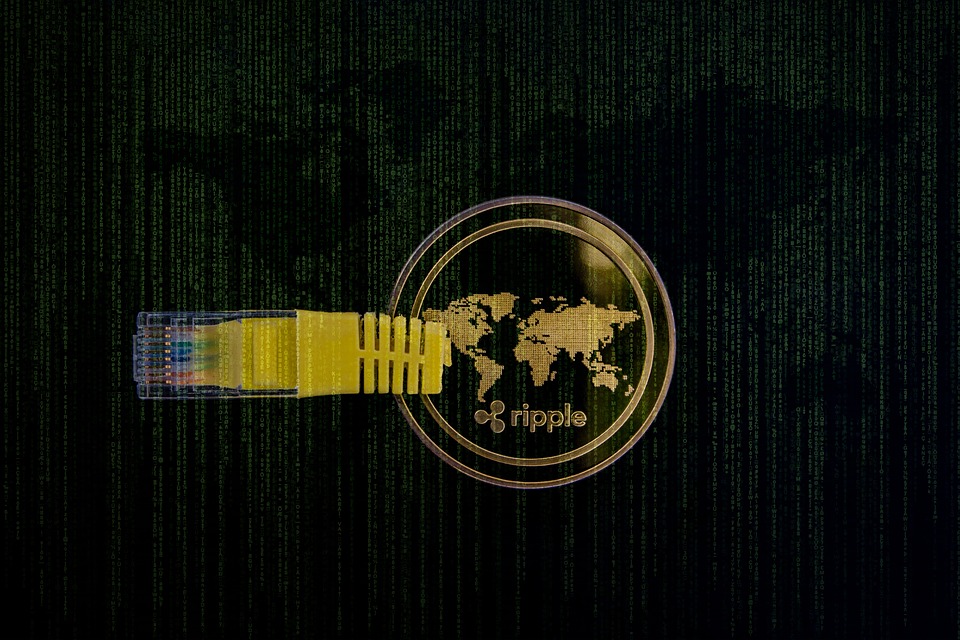In a world where centralized platforms dominate the digital landscape, the concept of decentralization is rapidly gaining traction. As the internet evolves, decentralized applications, or dApps, are emerging as a revolutionary force in software development. This article provides an overview of decentralization, explores the significance of dApps, and discusses why they are shaping the future of software development.
Understanding Decentralization
Decentralization refers to the distribution of authority, control, and data across a network, moving away from traditional centralized models where a single entity holds the power. In a decentralized system, multiple nodes or participants can contribute to decision-making and data management, fostering transparency, resilience, and inclusivity. Key technologies driving decentralization include blockchain, peer-to-peer networks, and distributed ledger technologies (DLT).
What Are dApps?
Decentralized applications, commonly known as dApps, leverage blockchain technology to operate without a central authority. Unlike traditional applications hosted on centralized servers, dApps run on a decentralized network of computers, ensuring that no single entity controls or can manipulate the application.
Key characteristics of dApps include:
-
Open Source: Most dApps are open-source, allowing developers to inspect, modify, or contribute to the codebase. This fosters community-driven innovation and trust.
-
Decentralized Control: dApps are governed by smart contracts – self-executing agreements with the terms directly written into code. This eliminates the need for intermediaries and increases efficiency.
-
User Empowerment: Users retain ownership of their data and have greater control over their interactions within the application. This contrasts sharply with traditional applications, where users often surrender their data to centralized providers.
- Incentivization Mechanisms: Many dApps incorporate tokens or cryptocurrencies to incentivize user participation and ensure network security. Users can earn rewards for contributing to the network’s functionality.
The Advantages of dApps
-
Enhanced Privacy and Security: dApps provide increased privacy since user data isn’t stored on a central server vulnerable to breaches. Instead, data is distributed across the network, making it difficult for malicious actors to access sensitive information.
-
Censorship Resistance: With no central authority to control the application, dApps can resist censorship and remain accessible even in oppressive environments where information control is prevalent.
-
Disruptive Economics: dApps can change traditional economic models by removing intermediaries, lowering transaction costs, and enabling peer-to-peer interactions, which can benefit both consumers and creators.
- Lower Risk of Downtime: Decentralization enhances the resilience of dApps. Without a single point of failure, dApps are less likely to experience outages or disruptions caused by server failures or cyberattacks.
Real-World Applications and Use Cases
Several sectors are already leveraging the power of dApps to enhance their functionality and user experience:
-
Finance (DeFi): Decentralized Finance platforms offer financial services such as lending, borrowing, and trading without intermediaries. Notable examples include Uniswap and Aave, which allow users to trade cryptocurrencies with minimal fees and maximum control.
-
Gaming: Blockchain-based games like Axie Infinity and Decentraland enable players to truly own their in-game assets, leading to new economic opportunities and player-driven ecosystems.
-
Supply Chain: dApps can improve transparency in the supply chain by providing real-time tracking of products. Companies like VeChain use blockchain technology to ensure authenticity and traceability.
- Social Media: Decentralized social platforms such as Steemit and Minds empower users to control their data and monetarily benefit from their content, contrasting sharply with ad-driven revenue models of centralized platforms.
Challenges to Adoption
While dApps present numerous advantages, some challenges must be addressed for widespread adoption:
-
Scalability: Many blockchain networks struggle with scalability, leading to slow transaction times and higher fees during peak usage.
-
User Experience: The usability of dApps is often overshadowed by traditional applications. Complex interfaces and steep learning curves can deter potential users.
- Regulatory Uncertainty: The legal framework surrounding dApps and cryptocurrencies is still evolving, creating uncertainties that can hinder innovation and investment.
The Future of Software Development
As the technosphere continues to evolve, dApps are poised to significantly influence the software development landscape. With increasing interest from developers and investors, we can expect a growing number of innovative solutions that leverage decentralization.
The rise of dApps represents a paradigm shift toward a more democratic and transparent digital ecosystem. The potential for greater user empowerment, enhanced security, and new economic opportunities makes it clear that dApps are not just a passing trend; they are the future of software development.
In conclusion, embracing decentralization and the power of dApps could lead to a new era where users take control of their digital experiences, privacy is paramount, and innovation knows no boundaries. As the technology matures, it’s crucial for developers, businesses, and individuals to stay informed and engaged in shaping this transformative journey.




